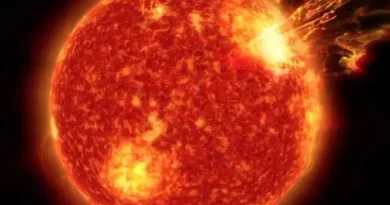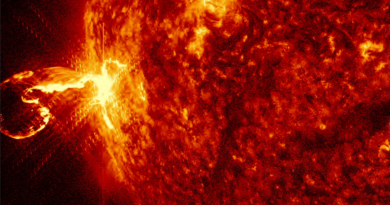NASA to launch four Earth science missions in 2022 — All you need to know
NASA plans to launch four Earth wisdom operations in 2022 that will help scientists learn further about climatic conditions and systems. NASA’s Earth- observing satellites will help in these wisdom operations The four NASA wisdom operations include TROPICS, EMIT, NOAA’s JPSS-2 and Geek. Each charge is designed to observe different climatic systems of Earth. The TROPICS for illustration will use six small satellites to examine and give rapid-fire measures of tropical cyclones. EMIT will trace the origin and composition of mineral dust using an imaging spectrometer from the International Space Station (ISS). NOAA’s JPSS-2 will help scientists in prognosticating extreme rainfall conditions, and SWOT will examine face waters and their part in climate change.
TROPICS
For this charge, NASA will use six satellites about the size of a loaf of chuck to observe tropical cyclones. These satellites will travel in dyads and in three different routeways furnishing fryer compliances of a “ storm’s rush, temperature, and moisture as snappily as every 50 twinkles.” This data is anticipated to help scientists in better understanding what causes the disastrous tropical cyclones and also help in rainfall soothsaying.
Announcement
EMIT
Through the Earth Surface Mineral Dust Source Investigation (EMIT) charge, NASA will use satellites to learn where dust originates and how it affects the earth. NASA plans to use an imaging spectrometer that measures visible and infrared light reflecting from shells below This charge will take place for one time and it’ll be installed on the ISS.
JPSS
The National Oceanic and Atmospheric Administration and NASA’s Joint Polar Satellite System satellites that presently circumvent the Earth give data that help in soothsaying extreme storms. These satellites also give information about cataracts, backfires, tinderboxes, gauze, dust storms, and ocean ice. NASA is now planning to launch the JPSS-2 satellite in 2022 that will further prop in helping scientists read extreme rainfall conditions. There are three further similar satellites planned for the future.



